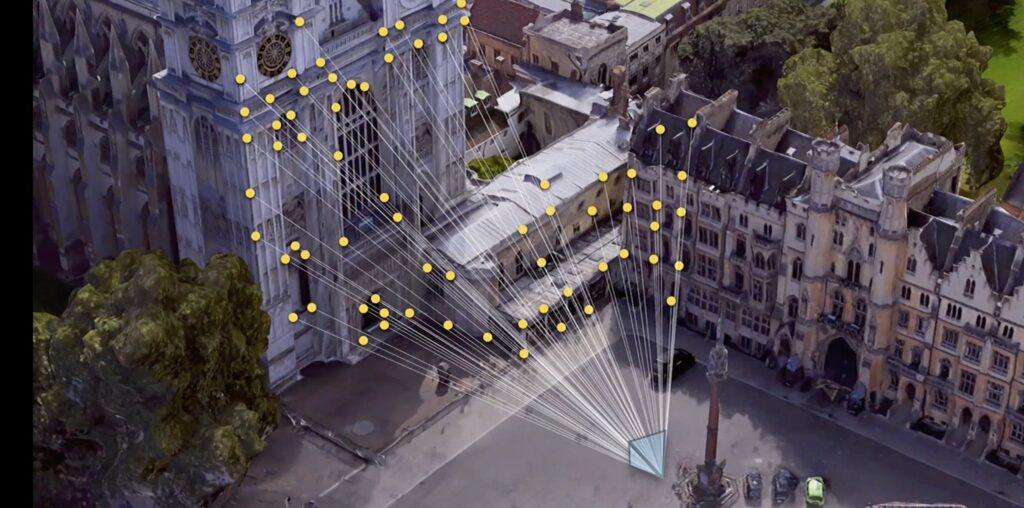
Technology is about to take an interesting turn. Visual Positioning System (VPS) is replacing GPS with more convenient and commodious features. Now you can never lose your location anywhere in the world.
We all use GPS in our lives daily. This feature helps us to reach our destination easily and conveniently. Global Positioning System (GPS) is USA owned and controlled system attached to a satellite. It will show the exact location and landmarks to help you reach there. Sometimes it may misguide you in a few places or the algorithm cannot pinpoint the landmark. But 80 percent of the times it helps a lot. To cope with minor problems a much advanced VPS is coming to replace GPS.
Visual Positioning System (VPS) is a new branch of Google Maps that will help you to reach your destination easily. The new revolutionary visual positioning system from Google, this update in the navigation world is creating a wave in the lifestyle of people all around the world. With this new technology, Google Maps can make use of the user’s phone camera to spot your surroundings and visually converse your direction right in front of your eyes. When your GPS is not enough, the new visual system in Google Maps can also use the newly coined Visual Positioning System (VPS) feature.
Also See: What is ChatGPT and why is it trending?
Benefits
- Easy to use.
- VPS is far more accurate than the global positioning system
- Great user experience.
- VPS application program interference (API) to determine the exact location.
- It also provides you with the advantages of local marketing.
- Vision engine creates large-scale 3D maps for ordinary video and images smart camera devices can then query the vision engine through its visual positioning services.
One of the difficulties when using the Google Maps is to see the right way: obviously, the app tells you to go to the north, and you still wonder: “Where exactly am I and in which way is north of it?”
Company is trying to solve the problem using a technique called global location, incorporating visual positioning service (VPS), road map, and machine learning to define direction and orientation more precisely. We are working on this. This technology allows the user to quickly find out which path the Smartphone camera will take as a sensor.
